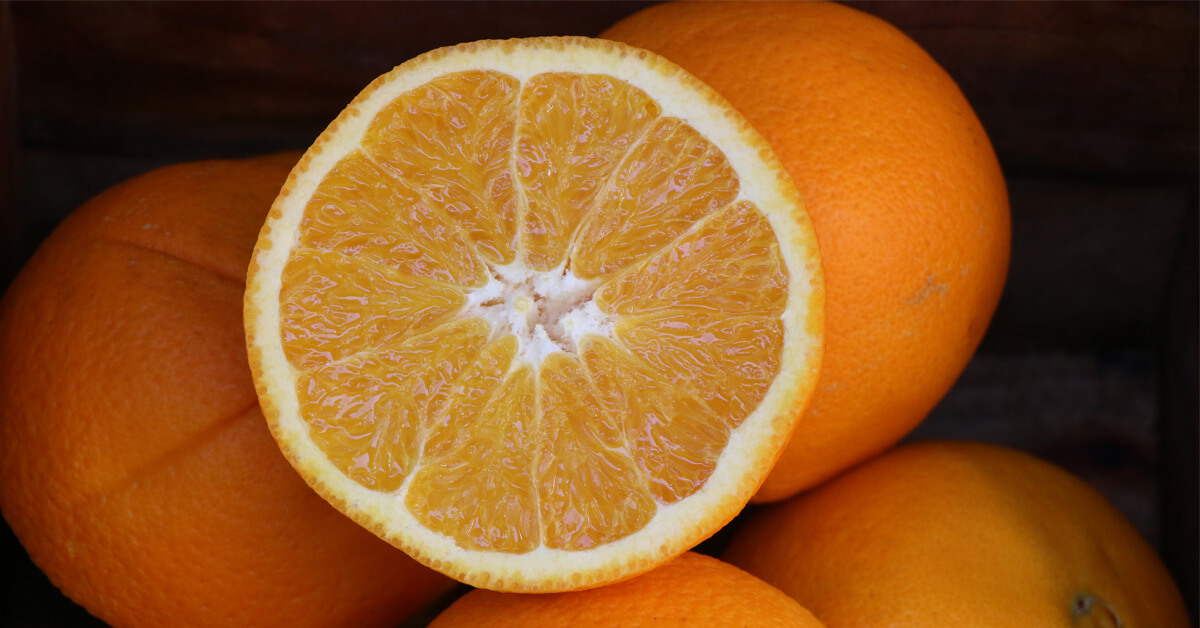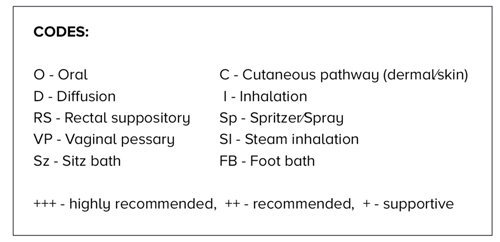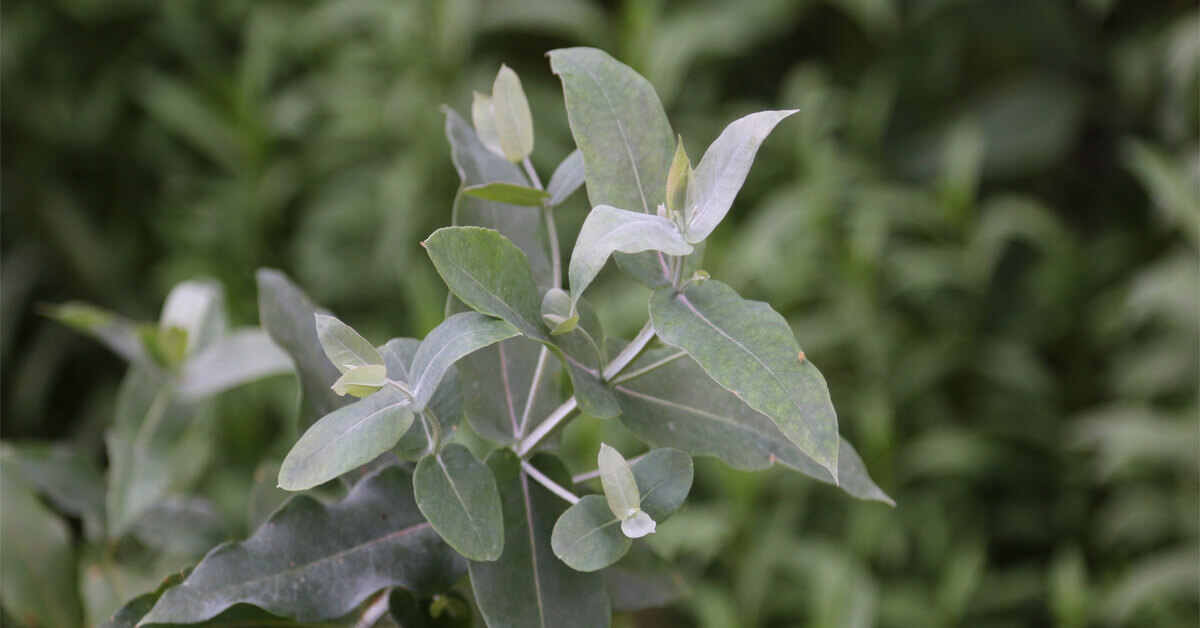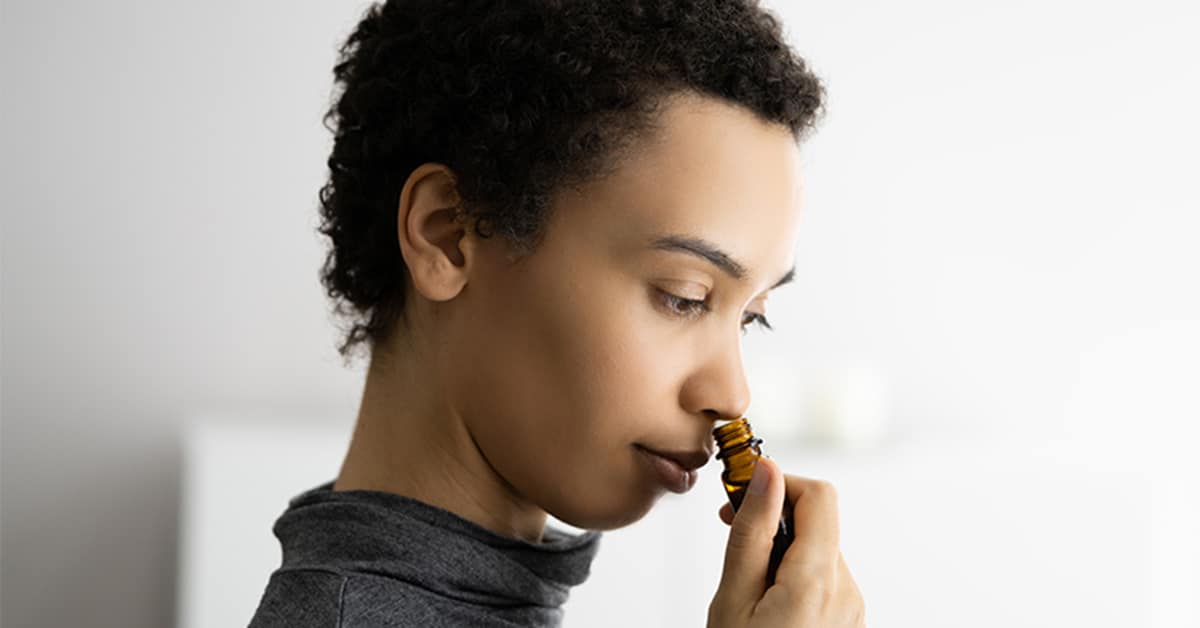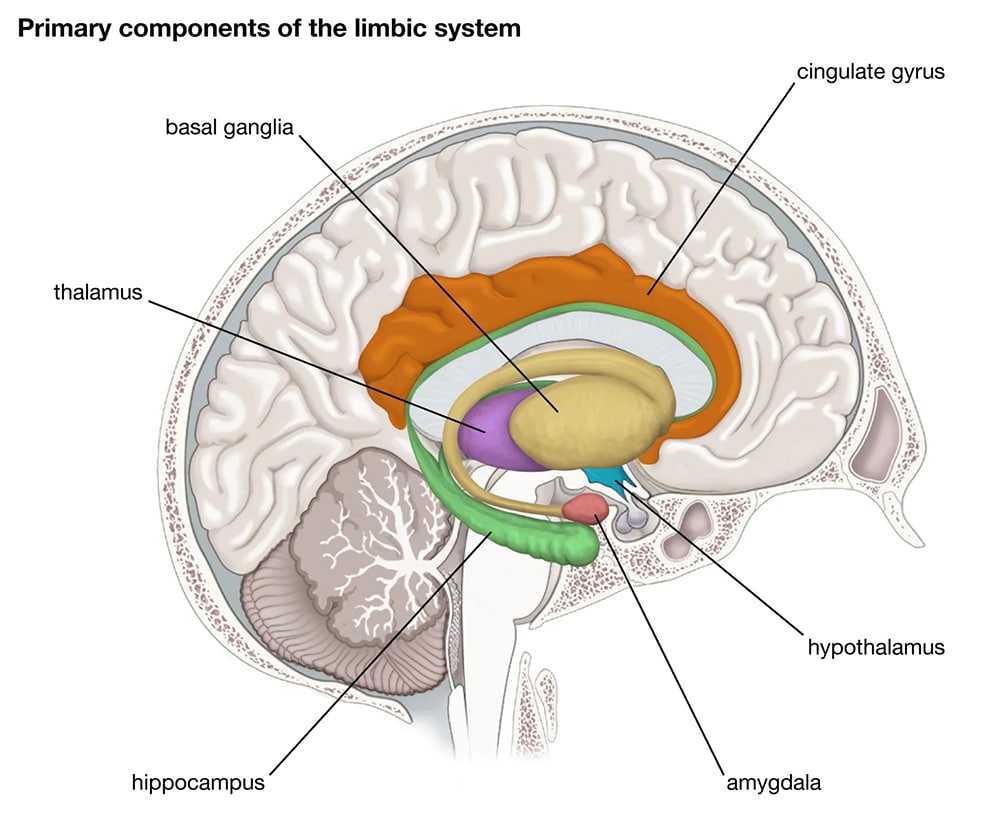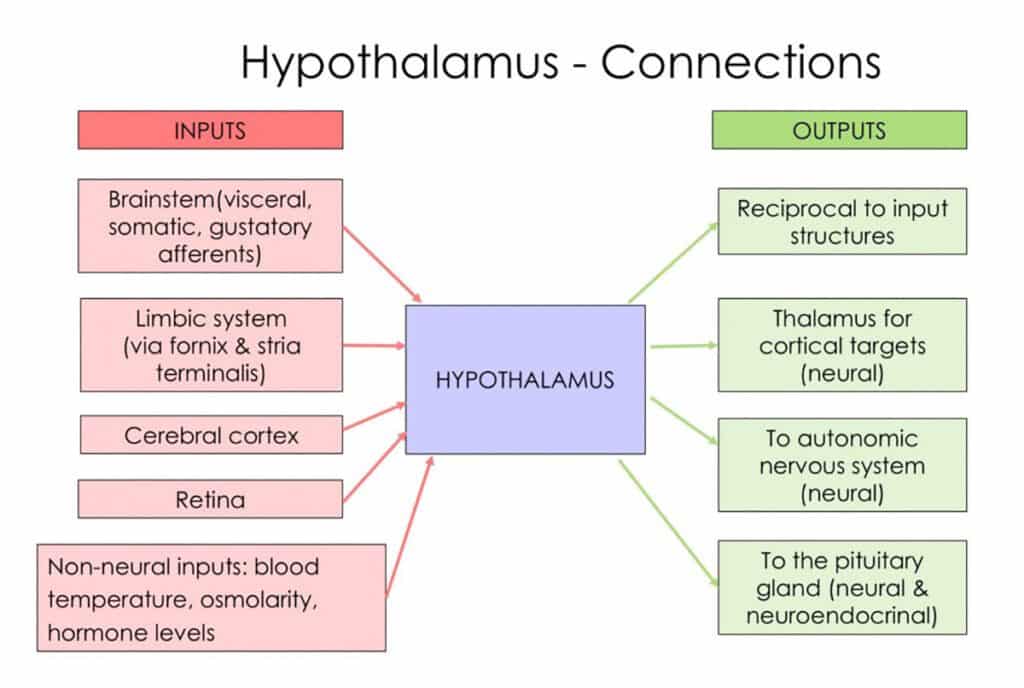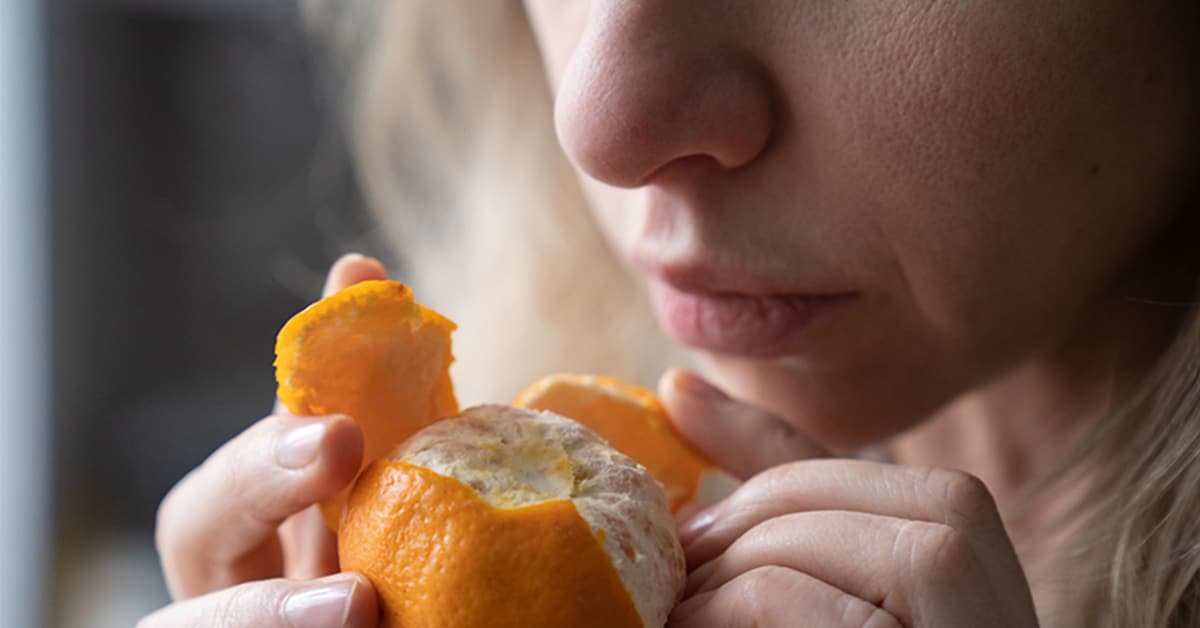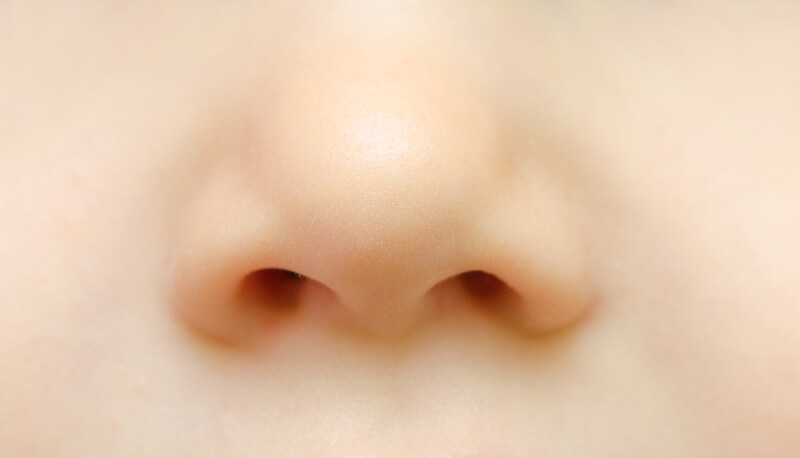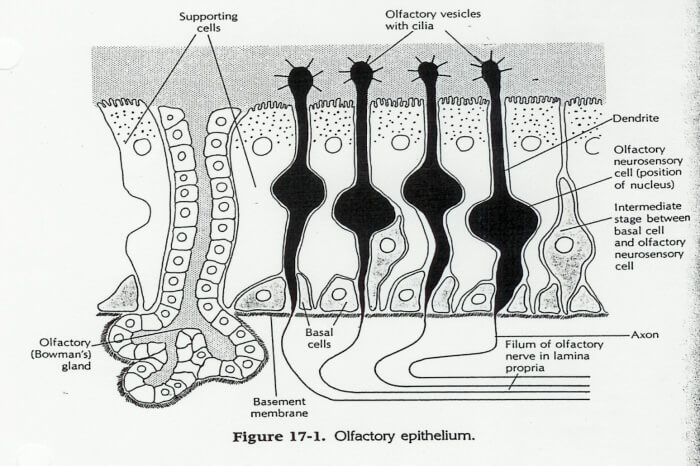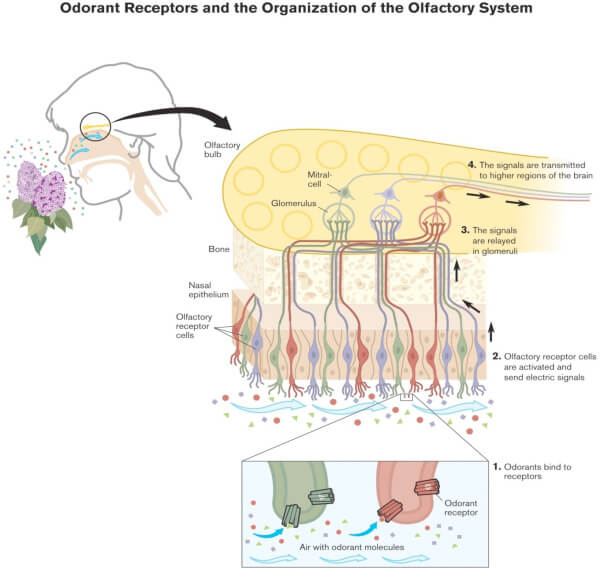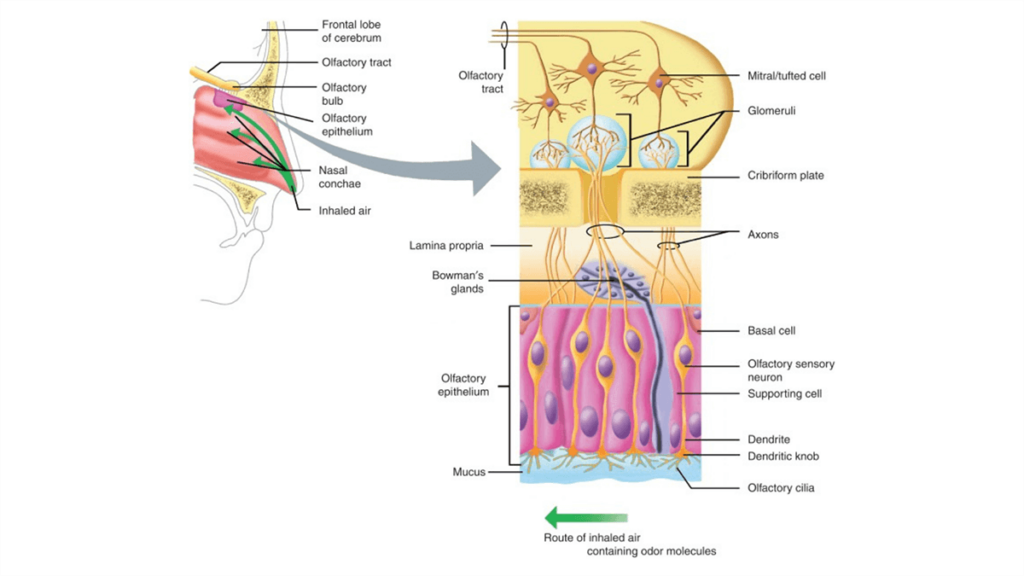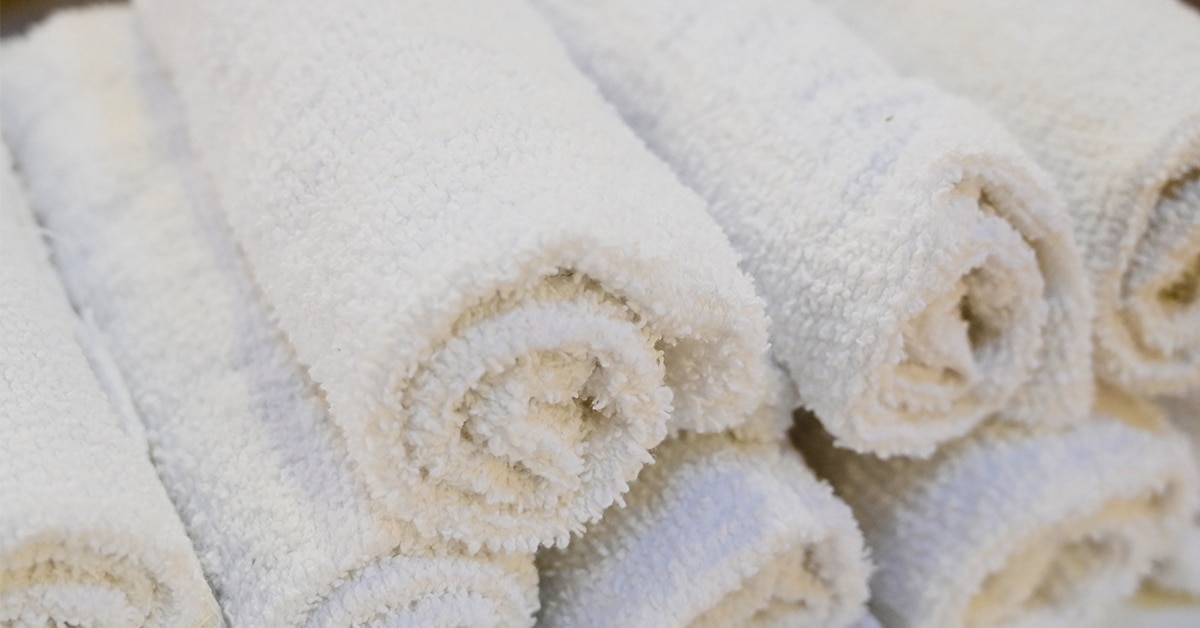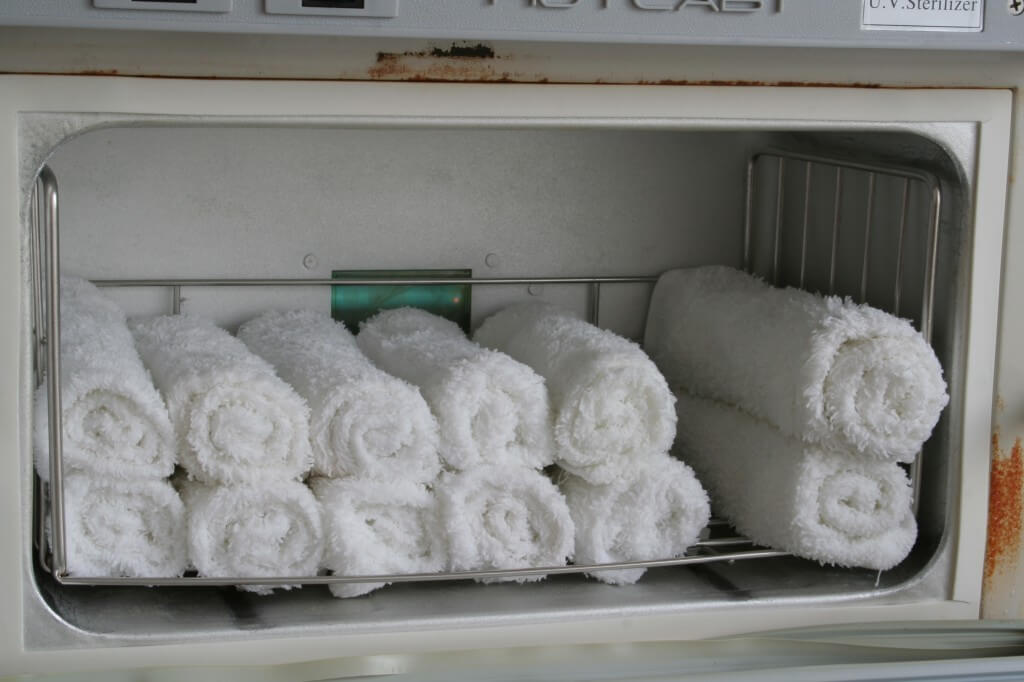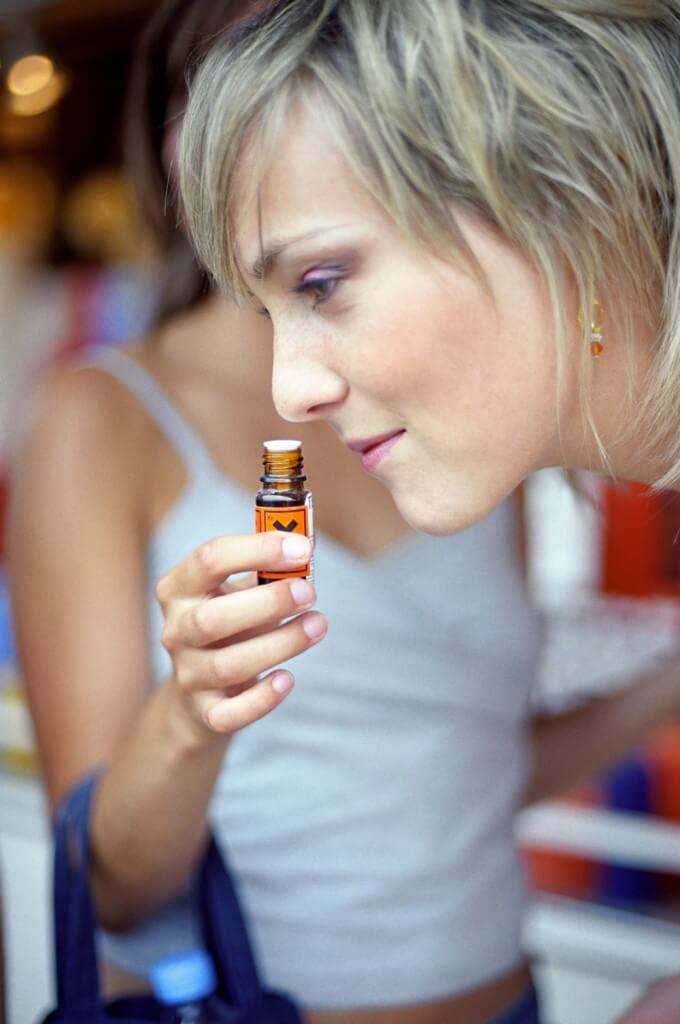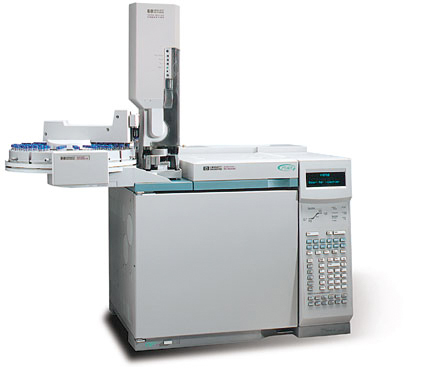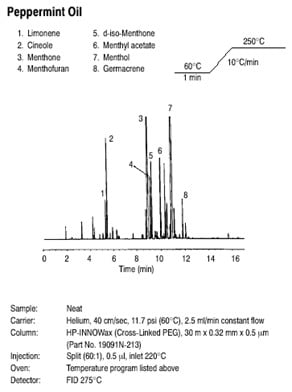Sweet orange
Citrus sinensis (L.) Osbeck syn. Citrus aurantium var. sinensis L.
Watch: About Sweet Orange with Jade Shutes
BOTANICAL INFORMATION
Common name: Sweet orange
Scientific name: Citrus sinensis (L.) Osbeck
Synonym: Citrus aurantium var. sinensis L.
Botanical family: Rutaceae
Conservation status: Not defined
Description: Citrus x sinensis is an evergreen flowering tree in the Rutaceae family. Sweet orange typically grows 9-10 meters tall, and features large spines on the branches. The leaves are alternate, with narrowly-winged petioles, elliptical to oval in shape, toothed, and strongly redolent of citrus. Flowers are axillary, borne singly or in whorls. Each flower is composed of five white petals and 20-25 yellow stamens. Fruit is globose to oval, and ripens to orange or yellow. The fruit is divided into the pericarp, or peel, and endocarp, the pulpy inner portion composed of juice sac glands. The skin of the fruit is made up of a waxy epidermis studded with numerous aromatic oil glands.
C. sinensis is native to Asia, and naturalized throughout the Pacific and warm regions of the world. Sweet orange is the most widely cultivated citrus in the world, and accounts for approximately 70% of global annual citrus production.
Ethnobotany: Sweet orange is valued throughout the world as a rich source of antioxidant vitamin C. C. sinensis has been used in traditional systems of medicine to ease constipation, cramps, colic, diarrhea, bronchitis, tuberculosis, cough, cold, obesity, menstrual ailments, angina, hypertension, anxiety, depression, and stress.1
EXTRACTION INFORMATION
Country of origin: Israel, USA, Spain, Italy
Part of plant used: Peel/zest of fruit
Extraction method: Expression or Distillation
Essential oil yield: 0.2-3.5%
Color of oil: Clear to light yellow
AROMATIC CHEMISTRY
Cold pressed essential oil
Thirteen components make up 97.9% of the whole cold pressed Citrus sinensis essential oil. The core components include: d-limonene (90.5-96.7%) and myrcene (1.42-2.5%). All other components were present at less then 1%.2
Distilled essential oil
Forty-seven components make up 97.15% of the distilled essential oil. Core components include: limonene (80.14-89.23%), myrcene (1.77-2.73%), n-octanal (1.08-1.28%), (z)-b-ocimene (2.9%), terpinolene (2.26%), linalool (1.75-2.98%). All other components were present at less then 1%.3,4
SAFETY INFORMATION
- Dermal alert: Sweet orange has a shelf life of 1 – 2 years when stored correctly. Over time, sweet orange, specifically its main component, limonene, oxidizes. When this happens, there is an increase in the chance of dermal sensitization.5 Oxidized citrus essential oils, such as bergamot, should not be used in body care products for application to the skin. The essential oil can, however, be used for cleaning products.
- Average shelf life for monoterpene-rich essential oils, when stored correctly is 1-3 years.
- GRAS status.
- Expressed sweet orange is not phototoxic. **Blood orange (Citrus sinensis L. cv. Sanguinella and Citrus sinensis L. cv. Moro), is a cultivar of sweet orange and its expressed essential oil is also not phototoxic.6
THERAPEUTIC ACTIONS
Airborne antiseptic, anti-inflammatory7, antimicrobial8, antiviral, anxiolytic, carminative, digestive tonic, diuretic, nervine, sedative
SYSTEM AFFINITIES
Nervous, Digestive, Psyche/Emotion
BLENDING INFORMATION
Aroma description: Refreshing, citrusy, orange
Blending factor: 7 – 8
Notes: Top
Blends well with: Neroli, Other citrus essential oils, lavender, jatamansi/nard, sweet marjoram, frankincense species, cedarwood, patchouli, elemi, clary sage, Roman chamomile, coriander seed
Substitutions: Mandarin, lemon, grapefruit, bergamot
CORE INDICATIONS
- General: air purifier (D+++)
- Digestive system: indigestion, nervous stomach, dyspepsia (O+++, I+++, D++, C+++)
- Nervous system: insomnia, anxiety, depression, agitation, restlessness (O+++, I+++, D+++, C+++)
- Psyche/emotion: stress, irritability, depression (O+++, I+++, D+++, C+++)
________________
Traditional Chinese Medicine (TCM): orange unblocks and circulates stagnant Qi-energy, mainly when it accumulates in the liver, stomach, and intestines.
__________________
RESEARCH
Human Studies
• Citrus sinensis (sweet orange) essential oil demonstrated anxiolytic activity.1
• In a small trial of twenty-four individuals (12 men, 12 women), the inhaled aroma of Sweet orange (Citrus sinensis) essential oil increased physiological arousal (sympathetic tone) and at the behavioral level, individuals who inhaled sweet orange rated themselves more alert then the control group. The researchers believe that this furnishes scientific proof that the inhalation of sweet orange may be of benefit for the relief of mild depression and stress in humans. Note: The group was divided into two with one group inhaling sweet orange and the other group inhaling pure water vapor only.10
• Sweet orange (Citrus sinensis) essential oil exhibits ‘harmonizing’ activity when applied to the skin.
A 2007 study published in the International Journal of Essential Oil Therapeutics used a placebo controlled study to examine the effects of transdermal absorption of sweet orange essential oil on autonomic nervous system and on mental and emotional states. The study involved thirty-nine volunteers randomly assigned to either the control group or the sweet orange group. The control group applied 1ml of sweet almond oil while the sweet orange group applied 1ml of a 20% (w/w) solution of sweet orange oil in sweet almond oil to the skin of the lower abdomen which was self massaged into the skin for 5 minutes. The area was then covered with plastic film to prevent evaporation of the oil. Autonomic parameters including breathing rate, pulse rate, skin temperature, and systolic and diastolic blood pressure were monitored continuously. The sweet orange group experienced a reduction in pulse rate and breathing rate. Subjects in the sweet orange group also experienced feeling more cheerful and vigorous. The researchers summarized that dermal application of sweet orange essential oil resulted in ‘harmonization’, which they defined as a reduced level of arousal of the autonomic nervous system (reduction of pulse and breathing rate) yet increased cheerfulness and vigor on the behavioral level as reported by individuals in the sweet orange group. The researchers concluded that the dermal application of sweet orange essential oil may be of benefit in the relief of depression and stress in humans.11
Animal Studies
• Citrus sinensis (sweet orange) essential oil demonstrated anxiolytic activity.12
